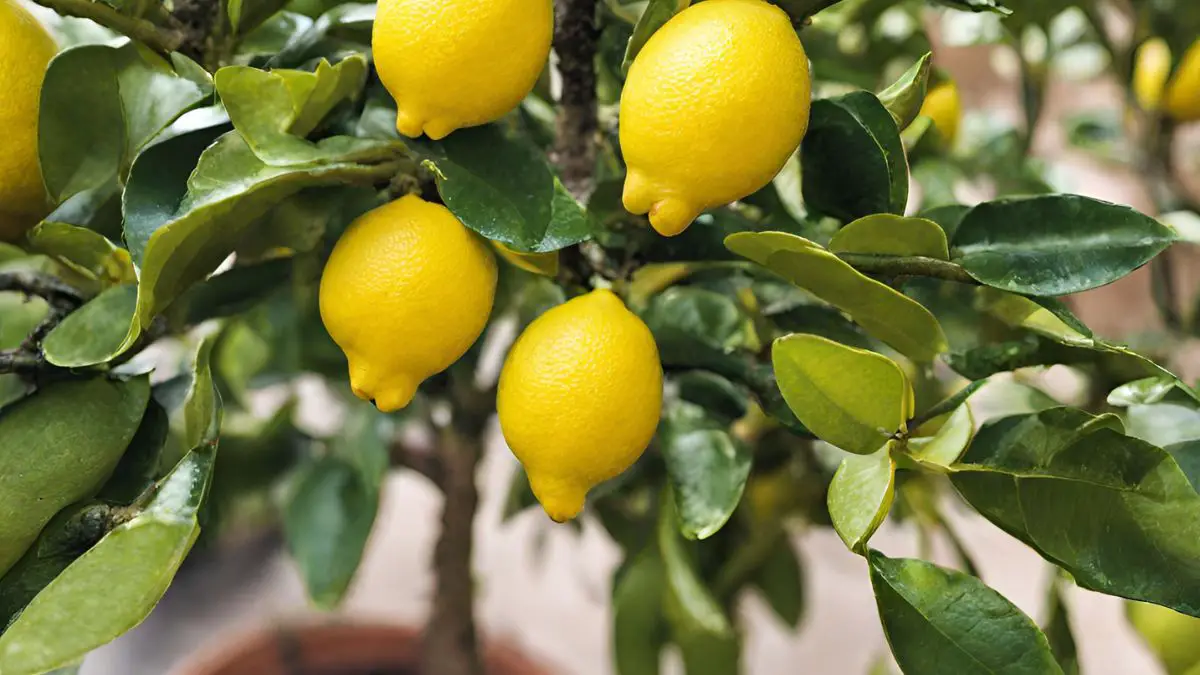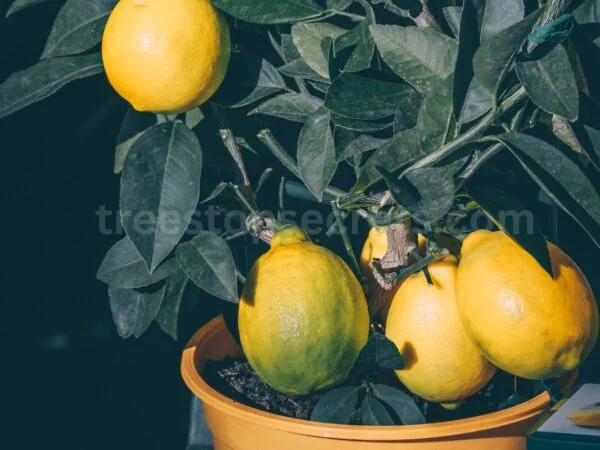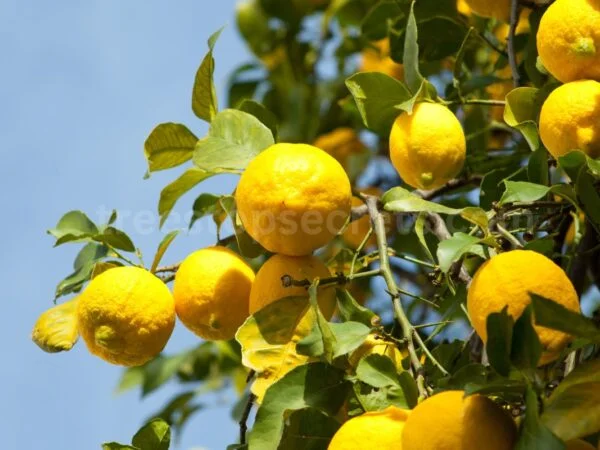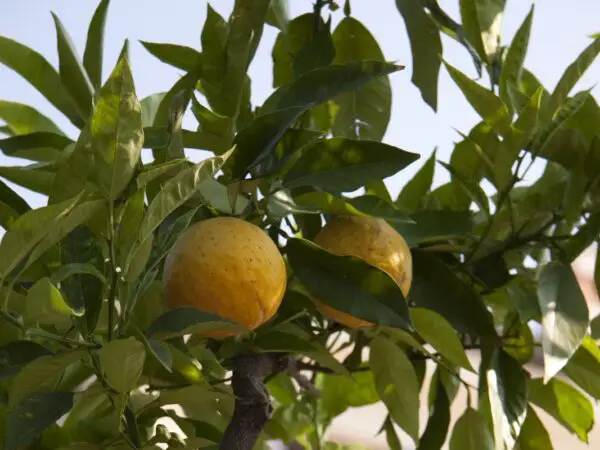Are you struggling with lemon tree overwatering issues? Don't worry, I'm here to provide expert guidance and solutions to help you effectively manage this problem. Overwatering is a common issue that can negatively impact the health and growth of lemon trees, leading to leaf drop. By addressing this concern promptly and implementing proper care techniques, you can ensure the vitality and productivity of your lemon tree.
Overwatering can lead to various problems for lemon trees, including root rot, nutrient deficiencies, and susceptibility to diseases. To avoid overwatering, it's crucial to understand the specific needs of your lemon tree and adjust your watering routine accordingly. Factors such as soil type, drainage, and environmental conditions play a significant role in determining the watering requirements of your lemon tree.
Generally, it's recommended to water lemon trees deeply but infrequently, allowing the soil to partially dry out between watering sessions. Additionally, ensure proper drainage to prevent water from accumulating around the roots. Monitoring the moisture level of the soil and observing any signs of stress in your lemon tree can help you prevent overwatering and maintain optimal health.
With proper care and attention, you can effectively address overwatering issues and promote the well-being of your lemon tree. From adjusting watering schedules to improving drainage, there are various strategies you can implement to mitigate the risks associated with overwatering. Stay tuned for more valuable tips and insights on lemon tree care to help you nurture thriving and fruitful lemon trees in your garden.
Key Takeaways
- Understanding Overwatering: Recognize the signs of overwatering in lemon trees to prevent root rot and other issues.
- Diagnosing Root Rot: Learn how to identify root rot in Meyer lemon trees through yellowing leaves and wilting branches.
- Treating Meyer Lemon Root Rot: Address root rot promptly by adjusting watering habits, improving drainage, and trimming affected roots.
- Preventing Future Issues: Implement proper watering practices, such as checking soil moisture before watering again, to avoid overwatering in the future.
- Proper Watering Practices: Water lemon trees deeply but infrequently, allowing the soil to dry out slightly between waterings to promote healthy root growth.
- Addressing Yellow Leaves: Take action when leaves turn yellow due to overwatering, by adjusting watering frequency and ensuring good drainage to revive the tree.
Understanding Overwatering
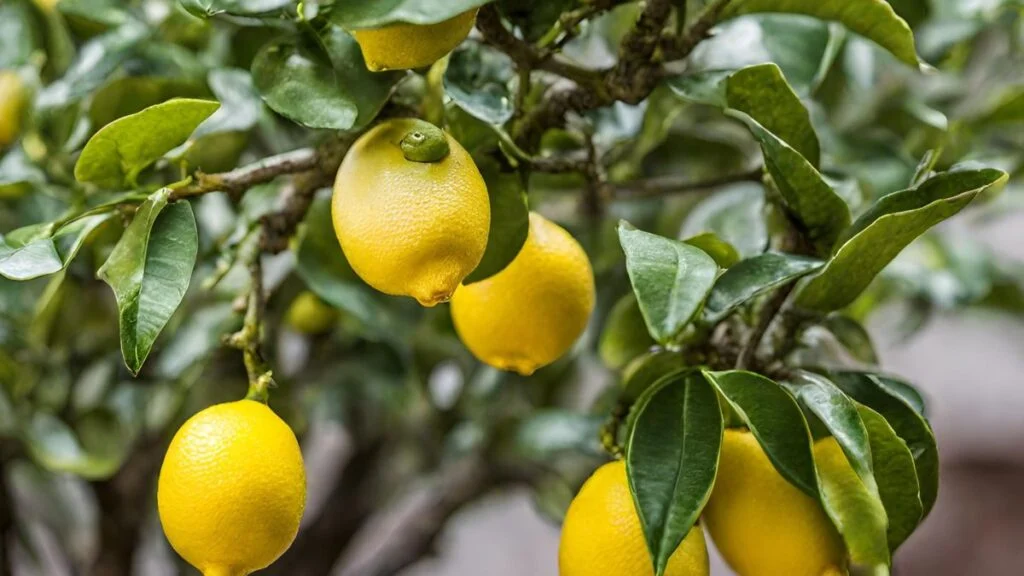
Signs and Symptoms
Yellowing leaves are a common sign that a lemon tree is being overwatered. Wilting or drooping leaves can also indicate excessive water in the soil. Mold or fungus growth on the soil surface is a clear symptom of overwatering.
Causes
Environmental Factors
- Temperature fluctuations can affect the tree's water absorption.
- Humidity levels play a significant role in determining the need for watering adjustments.
- Poor air circulation can hinder the lemon tree's ability to intake water effectively.
Watering Practices
- Adjust the watering frequency based on the season to avoid overwatering issues.
- Utilize a moisture meter to accurately gauge when it's time to water the lemon tree.
- Implement deep watering techniques to encourage healthy root growth.
Impact on Lemon Trees
Overwatering can have detrimental effects on the root system of Meyer lemon trees. It can lead to nutrient deficiencies due to impaired nutrient uptake, impacting overall tree health. Proper drainage is essential in preventing issues related to overwatering, ensuring optimal growth conditions for lemon trees.
Diagnosing Root Rot
Visual Diagnosis
Examine the leaves for yellowing, wilting, or browning - clear signs of overwatering that can lead to root rot. Check the soil for mold, fungus, or a sour smell, indicating excessive moisture retention detrimental to the roots. Look for stunted growth or a lack of new growth as visual cues signaling overwatering issues affecting the lemon tree.
Soil Moisture Assessment
Tools and Techniques
- Utilize a soil moisture meter to accurately gauge the watering needs of the lemon tree, ensuring optimal moisture levels without overwatering.
- Employ a well-draining pot or soil mix to prevent waterlogging and promote healthy root development.
- Consider using a rain gauge to monitor natural rainfall patterns and adjust watering frequency accordingly to avoid root rot.
Interpreting Results
Analyzing the soil moisture levels is crucial in determining if overwatering is occurring and potentially causing root rot. Observe changes in leaf color and texture as key indicators of watering issues impacting the plant's health. Continuously monitor the overall health of the lemon tree to assess the effects of watering practices on its well-being.
Treating Meyer Lemon Root Rot
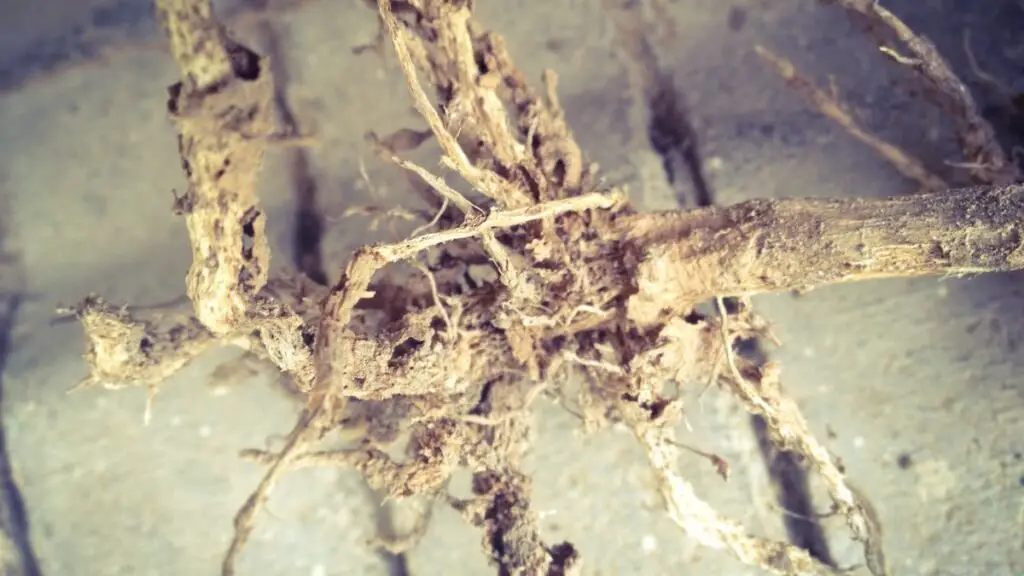
Soil and Water Management
Improving soil drainage is crucial to prevent water accumulation around the roots, which can lead to root rot. Mulching helps regulate soil moisture levels by reducing evaporation. Rain barrels are useful for collecting and reusing rainwater, ensuring proper hydration without overwatering.
Root System Treatment
Techniques
- Practice deep watering to encourage deep root growth for better drought tolerance.
- Bottom watering is recommended to provide adequate moisture without waterlogging the roots.
- Self-watering pots help maintain consistent soil moisture levels, preventing both under and overwatering issues.
Recovery Process
To aid in recovery from overwatering:
- Gradually reduce watering frequency to allow the lemon tree to recover.
- Trim affected roots or branches to stimulate new growth and facilitate recovery.
- Monitor the plant closely for any signs of improvement in response to adjusted watering practices.
Preventing Future Issues
Soil Quality Improvement
Amend compacted soil with organic matter to enhance drainage and aeration. Testing the soil pH levels is crucial for creating optimal growing conditions. Incorporating perlite or sand into the soil mix can significantly enhance drainage and prevent waterlogging.
Watering Schedule Adjustment
Monitoring Techniques
- Keep a watering schedule journal to track the frequency and amount of water given.
- Utilize a hygrometer to measure humidity levels accurately and adjust watering practices accordingly.
- Regularly inspect the soil moisture to maintain the right balance, ensuring it is neither too dry nor waterlogged.
Seasonal Considerations
- Adjust watering frequency based on seasonal weather patterns to avoid overwatering.
- During winter months, consider reducing watering to prevent overhydration of the lemon tree roots.
- In contrast, increase watering in summer due to higher temperatures and evaporation rates.
Proper Watering Practices
Identifying Needs
Lemon trees, like Meyer lemon trees, have specific water requirements at different growth stages. Understanding these needs is crucial for their health.
Recognize signs of underwatering such as wilting leaves and dry soil versus signs of overwatering like yellowing leaves and soggy soil.
Consider the tree's location in terms of sunlight exposure and environmental conditions to adjust watering frequency accordingly.
Implementing Techniques
Drip Irrigation
- Install a drip irrigation system to directly water the roots, promoting efficient absorption.
- Adjust the system settings to control both the amount and frequency of watering based on tree needs.
- Opt for drip emitters or soaker hoses to ensure even distribution of water throughout the root zone.
Mulching Benefits
- Applying mulch around the base of the lemon tree helps retain soil moisture, preventing overwatering.
- Organic mulch materials not only improve soil structure but also aid in nutrient retention for healthy growth.
- Mulch acts as a protective layer, regulating soil temperature and reducing water evaporation from the soil surface.
Addressing Yellow Leaves
Poor drainage is a common cause of overwatering in lemon trees, leading to yellow leaves. To address this issue, ensure proper aeration of the soil and amend it as needed. Compacted soil restricts root growth and water absorption, so loosening it can prevent overwatering.
Implementing proper watering techniques is crucial to prevent overwatering. Water deeply but infrequently to allow the roots to access moisture without becoming waterlogged. Monitor the soil moisture levels regularly to adjust your watering schedule accordingly.
Reviving Overwatered Trees
Immediate Actions
Stop watering if overwatering symptoms appear. Remove excess water from the soil to prevent root damage. Adjust watering practices promptly to aid tree recovery.
Long-term Care Strategies
Develop a consistent watering schedule to avoid overwatering. Implement proper soil management for optimal conditions. Regular pruning fosters healthy growth and prevents overcrowding.
Cultivation Tips for Healthier Trees
Selecting the Right Location
Plant Meyer lemon trees in a sunny area with well-drained soil to promote optimal growth. Ensure good air circulation and adequate sunlight exposure for healthy development. Avoid locations prone to water accumulation to prevent the risks of overwatering.
When choosing a spot for planting, consider factors like sunlight and air circulation. These aspects are crucial for the overall health of your lemon tree. Opt for elevated areas to prevent waterlogging issues that can harm the tree's roots.
Understanding Rootstock Varieties
Explore different rootstock options available for Meyer lemon trees to enhance growth and fruit production. The choice of rootstock can significantly impact disease resistance levels in your tree. Select a rootstock variety that aligns with your specific growing conditions and preferences.
The type of rootstock you choose can influence various aspects of your Meyer lemon tree, including its growth rate and ability to resist diseases. Make an informed decision based on your desired outcomes and environmental conditions.
Lemon Tree Care Essentials
Pruning Techniques
Prune dead or diseased branches to enhance air circulation and prevent diseases. Trimming overgrown branches maintains the tree's shape. Regular pruning boosts new growth and fruit production.
Pest and Disease Management
Monitor the lemon tree for common pests like aphids, scale insects, and spider mites. Use natural pest control methods such as neem oil or insecticidal soap. Ensure good sanitation to prevent diseases and pests in the garden.
Final Remarks
By understanding the signs of overwatering and root rot, diagnosing issues promptly, and implementing proper care techniques, you can ensure the health and vitality of your Meyer lemon tree. Preventative measures, such as adjusting watering practices and providing optimal growing conditions, are key to fostering a thriving citrus tree. Remember, a proactive approach to addressing yellow leaves and reviving overwatered trees can make a significant difference in the longevity of your lemon tree.
Take charge of your lemon tree's well-being by applying the cultivation tips discussed here. Your diligence and attention to detail will pay off in the form of a lush, fruitful tree that enhances your space. Share these insights with fellow gardeners to promote healthy practices for citrus tree care.
Frequently Asked Questions
Can overwatering harm my lemon tree?
Overwatering can lead to root rot in lemon trees, causing yellow leaves and stunted growth. It is essential to maintain proper watering practices to prevent this issue.
How can I diagnose root rot in my lemon tree?
Look for symptoms such as yellowing leaves, wilting, and a foul odor from the soil. Gently check the roots for dark, mushy areas indicating root rot.
What are the best practices for treating Meyer Lemon Root Rot?
To treat Meyer Lemon Root Rot, you should trim off affected roots, repot the tree in well-draining soil, adjust watering frequency, and ensure proper drainage.
How can I prevent future overwatering issues with my lemon tree?
Prevent future overwatering by allowing the soil to dry out between waterings, using well-draining soil, ensuring proper drainage holes in pots, and monitoring moisture levels closely.
What are some cultivation tips for healthier lemon trees?
To promote healthy lemon trees, provide adequate sunlight, fertilize appropriately with citrus-specific fertilizer, prune dead branches regularly, monitor for pests, and maintain consistent watering habits.
Image Source: Paid image from CANVA

